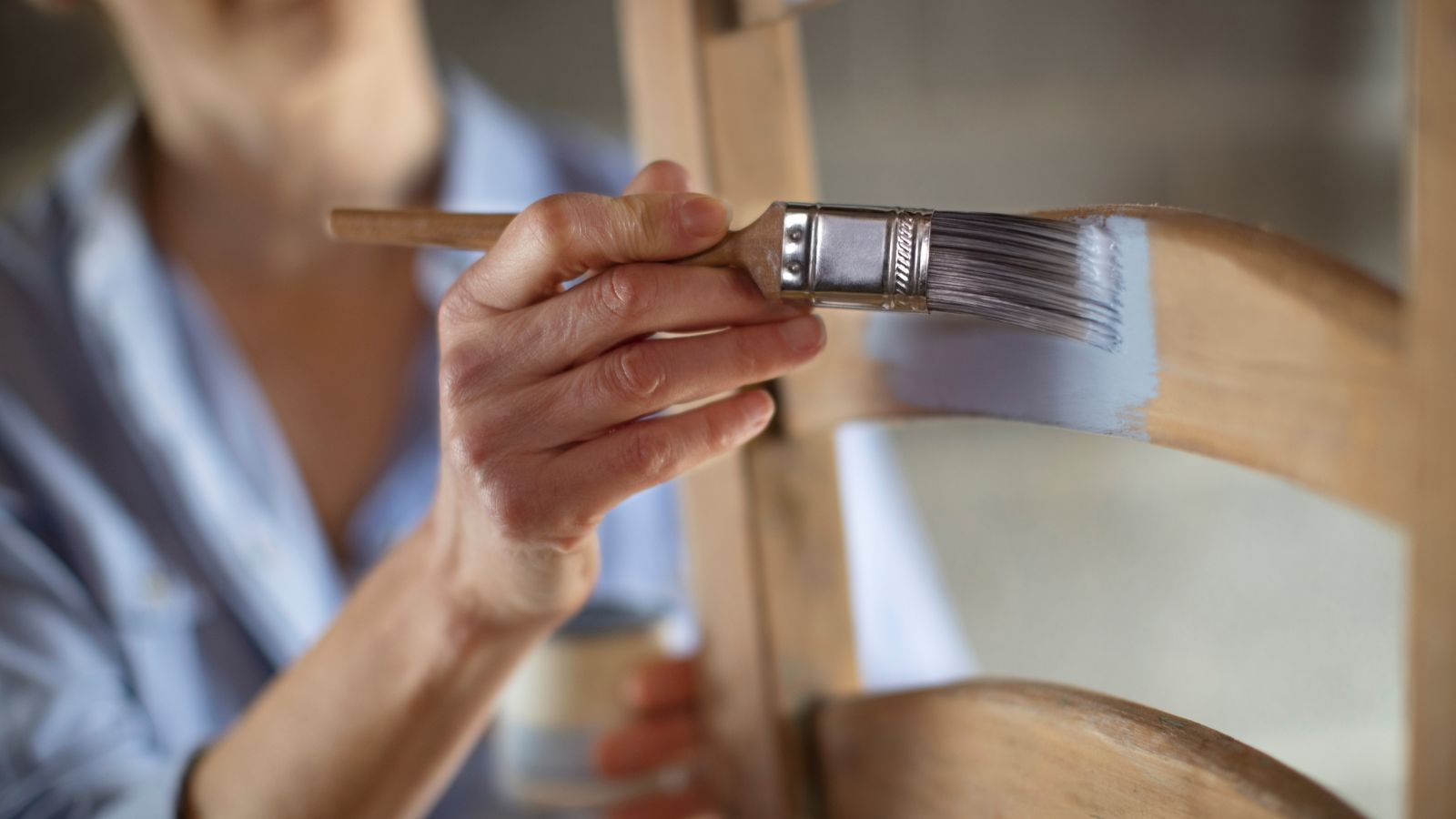

Articles
How To Paint Cheap Laminate Furniture
Modified: March 22, 2024
Learn how to paint cheap laminate furniture with our step-by-step guide. Transform your old furniture into something new and stylish using our furniture painting techniques.
(Many of the links in this article redirect to a specific reviewed product. Your purchase of these products through affiliate links helps to generate commission for Storables.com, at no extra cost. Learn more)
Introduction
Welcome to the world of furniture transformation! If you have a piece of cheap laminate furniture that’s seen better days, don’t despair. You can give it a fresh and stylish makeover with a little bit of paint and creativity. Painting laminate furniture is a cost-effective way to breathe new life into your home decor, and it’s a fun and rewarding project that anyone can tackle.
Laminate furniture is constructed using a thin layer of synthetic material that mimics the appearance of wood or other textures. While it can be a budget-friendly option, it often lacks the durability and charm of solid wood furniture. However, with the right techniques and materials, you can easily transform your laminate furniture into a stunning centerpiece that will impress your friends and family.
In this step-by-step guide, we will walk you through the process of painting cheap laminate furniture to achieve professional, long-lasting results. From preparation to the finishing touches, we’ll cover all the essential steps to ensure that your painted furniture stands the test of time.
Before we begin, it’s important to note that while painting laminate furniture is a straightforward process, it does require some patience and attention to detail. By following these instructions and using the recommended materials, you’ll be well on your way to transforming your furniture and creating a unique piece that reflects your personal style.
So, without further ado, let’s dive into the exciting world of painting laminate furniture and unleash your inner artist!
Key Takeaways:
- Transform your cheap laminate furniture into a stunning centerpiece with the right techniques and materials. From preparation to decorative finishes, follow the step-by-step guide for a professional, long-lasting result.
- Embrace the world of furniture transformation by painting your laminate furniture. With patience and attention to detail, achieve a unique and stylish makeover that reflects your personal creativity and style.
Read more: How To Paint Ikea Laminate Furniture
Step 1: Preparation
Before you start painting your cheap laminate furniture, it’s important to properly prepare the surface to ensure the best possible adhesion and finish. Follow these steps to get your furniture ready for its makeover:
- Clear the workspace: Start by removing any items from the furniture and clearing the area where you’ll be working. This will give you plenty of space to maneuver and prevent any accidents or spills.
- Protect the surroundings: Use drop cloths or old sheets to cover the floor and any nearby furniture to protect them from paint splatters or drips.
- Gather your materials: Collect all the necessary supplies, including sandpaper, primer, paint, brushes, rollers, and protective gear such as gloves and a mask. Having everything within reach will save you time and make the process more efficient.
- Inspect the furniture: Examine your furniture for any damage, such as chips, cracks, or loose edges. Repair these issues using wood filler or epoxy putty before proceeding with the painting process.
- Remove hardware: If your furniture has any hardware, such as knobs or handles, remove them using a screwdriver or a drill. This will make painting easier and ensure a more professional finish.
- Clean the surface: Use a mild detergent or a cleaner specifically designed for laminate surfaces to thoroughly clean the furniture. Wipe away any dust, dirt, or grease using a soft cloth or sponge. This step is crucial as it removes any contaminants that could interfere with the paint’s adhesion.
- Lightly sand the surface: Gently sand the laminate surface using fine-grit sandpaper. This step helps roughen the surface, allowing the paint to adhere better. Focus on lightly scuffing the surface rather than aggressively sanding it. Be careful not to sand too hard and remove the laminate layer completely.
- Wipe away residue: After sanding, use a damp cloth to wipe away any sanding residue. This will ensure a clean surface for the next steps.
By taking the time to properly prepare your laminate furniture, you’ll create an ideal foundation for a successful paint job. Follow these steps diligently, and you’ll be rewarded with a smooth and professional-looking finish.
Step 2: Cleaning the Surface
After completing the preparation steps, it’s time to focus on cleaning the surface of your cheap laminate furniture. This step is crucial for ensuring that the paint adheres properly and achieves a smooth and flawless finish. Follow these steps to clean your furniture effectively:
- Remove dust and debris: Begin by using a soft cloth or a microfiber duster to remove any loose dust or debris from the surface of the furniture. Pay special attention to crevices and corners where dirt may accumulate.
- Prepare a cleaning solution: Mix a solution of warm water and a mild detergent or a cleaner specifically designed for laminate surfaces. Avoid using harsh chemicals or abrasive cleaners as they can damage the laminate.
- Dip a cloth in the cleaning solution: Take a clean cloth and soak it in the cleaning solution. Wring out any excess moisture to avoid saturating the furniture.
- Wipe the surface: Begin wiping the furniture surface using the damp cloth. Work in small sections, applying gentle pressure and using circular motions to remove dirt, stains, and grime. Remember to clean all sides of the furniture, including the top, sides, and edges.
- Pay attention to stubborn stains: For stubborn stains, you may need to apply a bit more pressure or use a soft-bristle brush to scrub the area gently. Be careful not to scrub too vigorously as it can damage the laminate surface.
- Rinse with clean water: Once you’ve cleaned the entire surface, rinse the cloth with clean water and go over the furniture again to remove any remaining soap residue.
- Dry the furniture: Use a clean, dry cloth or towel to dry the furniture thoroughly. Ensure that there is no moisture left on the surface before moving on to the next steps.
By cleaning the surface of your laminate furniture diligently, you’ll ensure that the paint adheres smoothly and evenly. This step is vital for achieving a professional finish and maximizing the longevity of your newly painted furniture.
Step 3: Sanding the Furniture
Sanding the furniture is a crucial step in the process of painting your cheap laminate furniture. Sanding helps create a rough texture on the surface, allowing the paint to adhere better and ensuring a long-lasting finish. Follow these steps to sand your furniture effectively:
- Choose the right sandpaper: Select medium-grit sandpaper, typically between 120 to 150 grit. This grit level is ideal for roughening the surface without damaging the laminate.
- Start sanding: Begin sanding the surface of the furniture using the sandpaper. Apply gentle pressure and use long, smooth strokes. Sand in the direction of the wood grain or in a circular motion, depending on the desired finish.
- Sand evenly: Make sure to sand the entire surface of the furniture evenly. Pay special attention to corners, edges, and any areas that might have been missed during the initial sanding.
- Remove dust: After sanding, use a soft cloth or a vacuum cleaner with a brush attachment to remove any sanding dust from the furniture. It’s important to have a clean and smooth surface before proceeding to the next steps.
- Inspect the surface: Take a close look at the sanded surface to ensure that it has a slightly rough texture. This roughness will provide a better grip for the primer and paint.
- Repeat if needed: If the laminate surface is particularly smooth or glossy, you may need to repeat the sanding process one more time. This will further roughen the surface and improve the adhesion of the paint.
Properly sanding your laminate furniture is essential for achieving a successful paint job. Take your time and be thorough in this step to ensure a durable and professional-looking finish. Once you’re satisfied with the sanded surface, you’re ready to move on to the next step: priming the furniture.
Step 4: Priming the Furniture
Priming your cheap laminate furniture is a crucial step that helps create a smooth surface for the paint to adhere to. Primer also helps prevent the paint from chipping or peeling over time. Follow these steps to prime your furniture effectively:
- Select the right primer: Choose a high-quality primer specifically designed for laminate surfaces. Look for a primer that is compatible with the type of paint you’ll be using.
- Prepare your workspace: Lay down a drop cloth or old sheets to protect your workspace from primer spills or drips. Open windows or ensure proper ventilation to allow for proper drying.
- Stir the primer: Use a stir stick to thoroughly mix the primer. This will ensure consistent coverage and a smooth finish.
- Apply the primer: Using a brush or roller, apply an even layer of primer to the furniture surface. Work in long, smooth strokes, covering the entire piece of furniture. Be mindful of any corners or intricate details that may require extra attention.
- Allow proper drying time: Refer to the manufacturer’s instructions to determine the recommended drying time for the primer. This typically ranges between 1 to 4 hours. Ensure that the primer is completely dry before proceeding to the next step.
- Check for complete coverage: Once the primer is dry, inspect the furniture to ensure that it has been thoroughly covered. Look for any areas that may require additional primer to achieve an even base coat.
- Lightly sand the primer: If you notice any rough spots or imperfections on the primer coat, lightly sand them using fine-grit sandpaper. This will create a smoother surface for the paint to adhere to.
- Remove dust: After sanding, use a soft cloth or vacuum cleaner with a brush attachment to remove any sanding dust. This ensures a clean surface for the next steps.
Priming your laminate furniture is an essential step that promotes better paint adhesion and ensures a long-lasting finish. Take your time with this step and ensure that the primer is properly applied and dried before moving on to the next step: applying the base coat of paint.
When painting cheap laminate furniture, be sure to clean the surface thoroughly with a degreaser and lightly sand it to help the paint adhere better. Use a high-quality primer and paint specifically designed for laminate surfaces for best results.
Step 5: Applying the Base Coat
Now that your furniture is primed and ready, it’s time to apply the base coat of paint. The base coat will serve as the foundation for the final color and finish of your cheap laminate furniture. Follow these steps to apply the base coat effectively:
- Choose the right paint: Select a high-quality paint that is suitable for laminate surfaces. Consider using a paint with a satin or semi-gloss finish for durability and a smooth appearance.
- Prepare your workspace: Ensure that your workspace is well-ventilated for proper drying. Lay down a drop cloth or old sheets to protect your surroundings from any paint spills or drips.
- Stir the paint: Use a stir stick to thoroughly mix the paint before application. This will ensure consistent coverage and a smooth finish.
- Start painting: Using a brush or roller, begin applying the base coat of paint to the furniture surface. Work in long, smooth strokes, following the wood grain or in a consistent pattern, depending on the desired finish.
- Ensure even coverage: Pay attention to achieving even coverage with the base coat. Apply a thin, even layer and avoid overloading the brush or roller. This will prevent drips or an uneven appearance.
- Let the paint dry: Refer to the paint manufacturer’s instructions for recommended drying time. Typically, it takes about 2 to 4 hours for the base coat to dry. Ensure that the paint is completely dry to the touch before moving on to any additional coats.
- Inspect for any imperfections: After the base coat has dried, carefully inspect the furniture surface for any areas that may require touch-ups or additional coats. Look for any streaks, brush marks, or uneven areas.
- Optional: Apply additional coats: Depending on the desired finish and coverage, you may choose to apply additional coats of paint. Allow each coat to dry completely before applying the next one. Follow the same techniques of even strokes and thin layers for each coat.
The base coat is an important step in achieving the desired color and finish for your painted laminate furniture. Take your time and be patient with the application process, ensuring that each layer of paint is smooth and evenly distributed. Once the base coat is dry and you’re satisfied with the coverage, you’re ready to move on to the next step: adding decorative finishes to your furniture.
Step 6: Adding Decorative Finishes
Once you have applied the base coat of paint to your cheap laminate furniture, it’s time to add some decorative finishes to enhance its visual appeal. Adding decorative finishes allows you to customize and personalize your furniture to match your style and home decor. Follow these steps to add decorative finishes effectively:
- Select your desired finishes: Consider various decorative finishes such as distressing, stenciling, or creating a faux wood grain effect. Choose finishes that complement the style and theme of your space.
- Plan your design: Before applying any decorative finishes, plan out your design on a piece of paper or create a visual representation using software or online tools. This will help ensure a cohesive and well-executed final result.
- Prepare your materials: Gather all the necessary materials and tools for the specific decorative finish you have chosen. This may include stencils, sponges, brushes, glazes, or other specialty products.
- Follow the instructions: Read and follow the instructions provided with your chosen decorative finishes carefully. Different finishes may have specific application techniques and drying times.
- Apply the finishes: Using your chosen tools and techniques, apply the decorative finishes to the desired areas of your furniture. Take your time and work in a controlled manner to achieve the desired effect. Be patient and make any necessary adjustments as you go along.
- Allow proper drying time: Refer to the instructions provided with the decorative finishes to determine the recommended drying time. It’s essential to allow the finishes to dry completely before applying any additional coats or proceeding to the next step.
- Assess the overall appearance: Once the decorative finishes have dried, step back and assess the overall appearance of your furniture. Make any final touch-ups or adjustments as necessary to achieve the desired look.
- Protect the finishes: Once you are satisfied with the decorative finishes, apply a clear coat or protective varnish to seal and protect the surface. This will help preserve the finishes and extend the lifespan of your painted furniture.
Adding decorative finishes to your painted laminate furniture allows you to elevate its aesthetic appeal and make it truly unique. Take your time, experiment with different techniques, and have fun with the process. Once the finishes are complete and protected, you’re ready to move on to the final step: applying a protective top coat.
Step 7: Applying a Protective Top Coat
After adding decorative finishes to your cheap laminate furniture, it’s crucial to apply a protective top coat. A protective top coat not only enhances the durability and longevity of the painted surface but also adds an extra layer of protection against everyday wear and tear. Follow these steps to apply a protective top coat effectively:
- Select the right top coat: Choose a top coat that is specifically designed for use on painted furniture. Look for a clear, non-yellowing formula that provides excellent protection.
- Prepare your workspace: Ensure that your workspace is well-ventilated for proper air circulation. Lay down a drop cloth or old sheets to protect your surroundings from any accidental spills or drips.
- Stir the top coat: Before use, gently stir the top coat using a stir stick. Avoid shaking the container vigorously to prevent air bubbles from forming.
- Apply the top coat: Using a high-quality brush or foam brush, apply a thin and even layer of the top coat to the painted surface. Work in the direction of the grain or in smooth, overlapping strokes to ensure complete coverage.
- Check for drips or bubbles: As you apply the top coat, keep an eye out for any dripping or bubbling. If you notice any, gently smooth them out using the brush or foam brush before the top coat starts to dry.
- Let the top coat dry: Refer to the manufacturer’s instructions for the recommended drying time of the top coat. Typically, it takes around 2 to 4 hours for the top coat to dry, but it can vary depending on the specific product.
- Inspect and apply additional coats if needed: After the first coat has dried, inspect the surface for any areas that may require additional coverage. If necessary, apply a second or even third coat of the top coat, allowing each coat to dry completely before adding the next one.
- Allow for proper curing time: Once all coats of the top coat have been applied, allow for the recommended curing time. This is usually around 24 to 48 hours, but follow the manufacturer’s instructions for the specific product you are using.
Applying a protective top coat is an essential final step to protect your painted laminate furniture and keep it looking pristine for years to come. By following these steps and taking your time during the application process, you’ll ensure a beautiful, durable finish that withstands daily use and enhances the longevity of your furniture.
Step 8: Drying and Curing
After completing all the necessary steps to paint and protect your cheap laminate furniture, it’s essential to allow for proper drying and curing. Drying refers to the initial drying phase, where the paint and protective coatings become touch-dry. Curing, on the other hand, refers to the process of allowing the paint and coatings to fully harden and reach their maximum durability. Follow these steps to ensure proper drying and curing:
- Refer to manufacturer’s instructions: Consult the instructions provided by the paint and top coat manufacturers for specific drying and curing times. These can vary depending on the products you have used.
- Allow for initial drying time: Typically, the initial drying time for paint and top coats ranges from a few hours to a full day. During this time, avoid touching or using the furniture to prevent any damage to the freshly applied finishes.
- Ensure proper air circulation: Maintain a well-ventilated space during the drying and curing process. This helps speed up the drying time and allows any fumes to dissipate effectively.
- Avoid exposure to moisture and extreme temperatures: While the paint and coatings are drying and curing, it’s important to protect the furniture from exposure to moisture and extreme temperatures. Keep it in a dry, temperature-controlled environment to ensure the best results.
- Allow for sufficient curing time: Curing time is typically longer than the initial drying time. It can range from a few days to a couple of weeks, depending on the specific products used. Follow the manufacturer’s instructions to ensure full curing and maximum durability.
- Take precautions during the curing process: During the curing period, be mindful of how you use and handle the furniture. Avoid placing heavy items on it or subjecting it to excessive stress, as this can affect the curing process and compromise the finish.
- Enjoy your newly transformed furniture: Once the paint and protective coatings have thoroughly dried and cured, your cheap laminate furniture is ready to be enjoyed! Admire its refreshed appearance and feel confident in its durability.
Proper drying and curing are crucial steps in the painting process to ensure the longevity and durability of your painted laminate furniture. By allowing sufficient time for the finishes to dry and cure, you’ll ensure a beautiful and long-lasting transformation that can withstand everyday use and bring new life to your space.
Read more: How To Get Cheap Furniture
Conclusion
Congratulations! You have successfully transformed your cheap laminate furniture into a stunning piece that showcases your creativity and personal style. By following the step-by-step guide in this article, you have learned the essential techniques for painting and revitalizing laminate furniture. Here’s a quick recap of the key steps:
- Preparation: Clear the workspace, gather materials, inspect and clean the furniture.
- Cleaning the Surface: Remove dust and debris, prepare a cleaning solution, wipe the surface clean.
- Sanding the Furniture: Choose the right sandpaper, sand the surface evenly, remove dust.
- Priming the Furniture: Select the right primer, apply an even layer, let it dry.
- Applying the Base Coat: Choose the right paint, apply thin, even layers, let it dry.
- Adding Decorative Finishes: Choose your finishes, plan your design, apply the finishes, let them dry.
- Applying a Protective Top Coat: Select the right top coat, apply thin, even layers, let it dry.
- Drying and Curing: Follow the manufacturer’s instructions for drying and curing times, ensure proper air circulation, avoid exposure to moisture and extreme temperatures.
Through each step, you have gained valuable knowledge on how to properly prepare, clean, sand, prime, paint, add decorative finishes, apply a protective top coat, and allow for drying and curing. These techniques have empowered you to transform and revitalize your inexpensive laminate furniture, giving it a fresh and stylish appearance.
Remember, taking your time, following the instructions, and being patient during each step will result in a professional-looking finish. You have achieved a remarkable makeover, and your newly painted furniture is now ready to be showcased and enjoyed in your home.
So go ahead, sit back, and revel in the satisfaction of your accomplished project. Admire the transformation you’ve made and the impact it has on your space. With your newfound knowledge and skills, you may even be inspired to tackle more furniture painting projects in the future.
Enjoy your beautifully transformed laminate furniture and the inviting atmosphere it creates in your home!
Frequently Asked Questions about How To Paint Cheap Laminate Furniture
Was this page helpful?
At Storables.com, we guarantee accurate and reliable information. Our content, validated by Expert Board Contributors, is crafted following stringent Editorial Policies. We're committed to providing you with well-researched, expert-backed insights for all your informational needs.
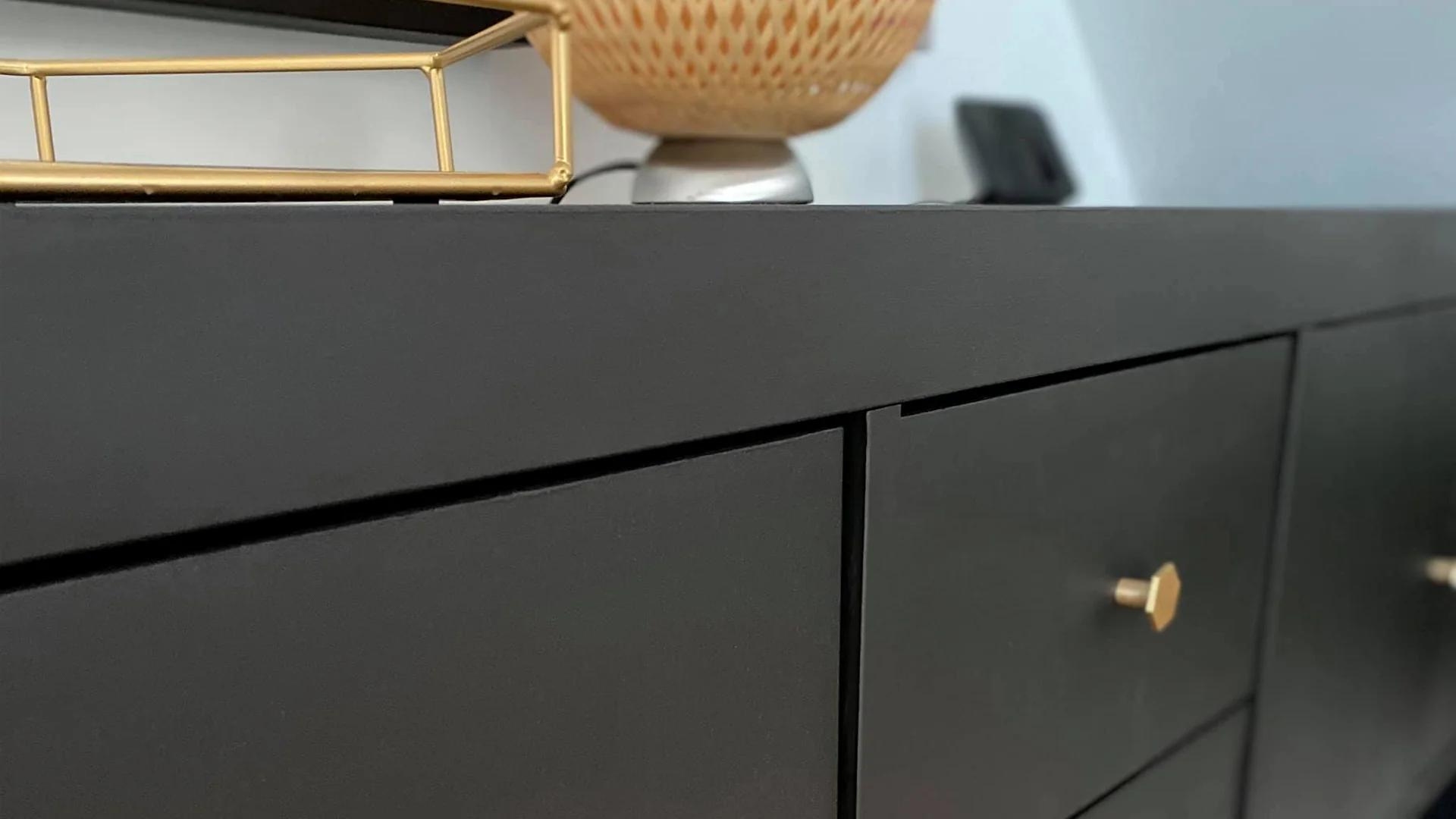
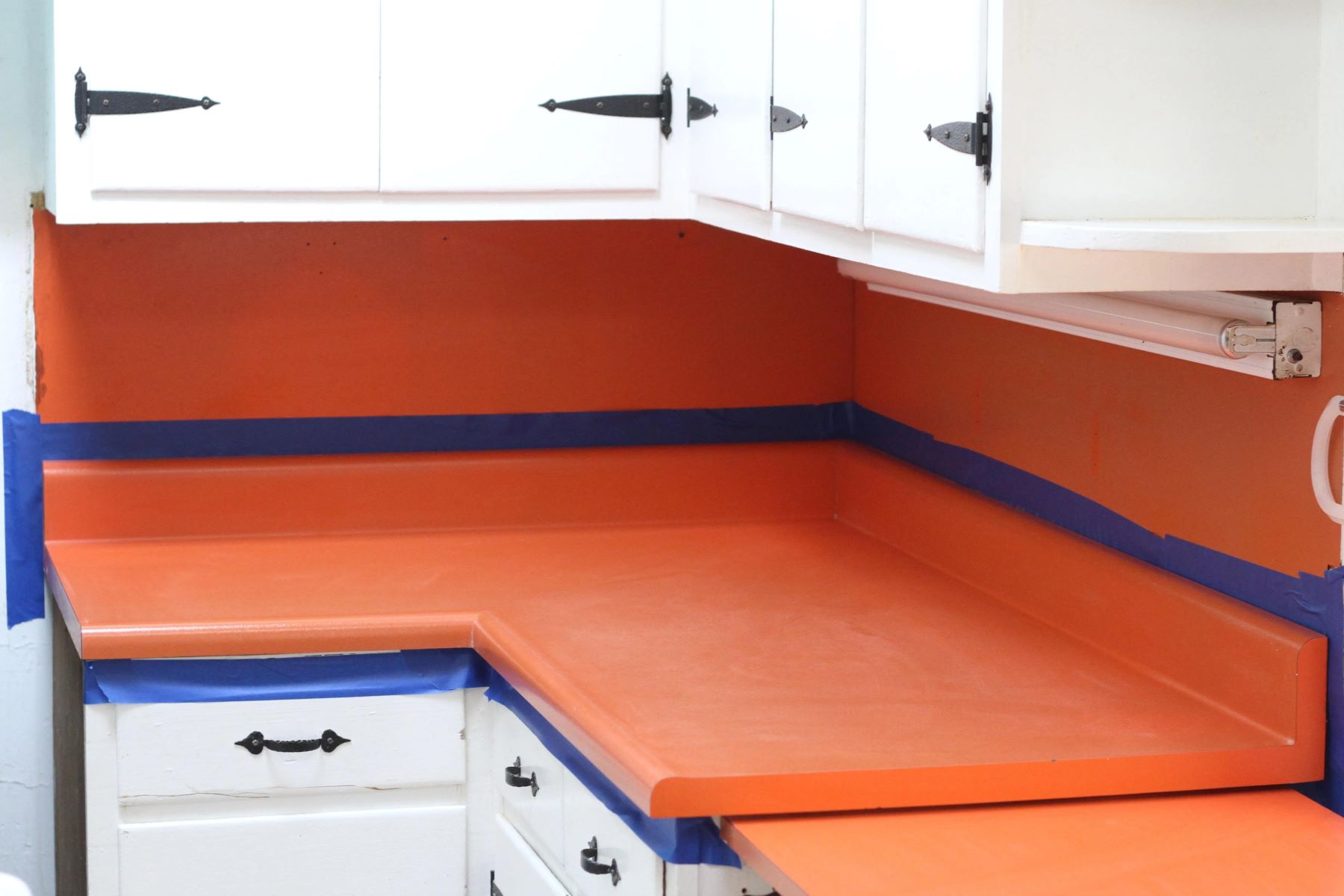
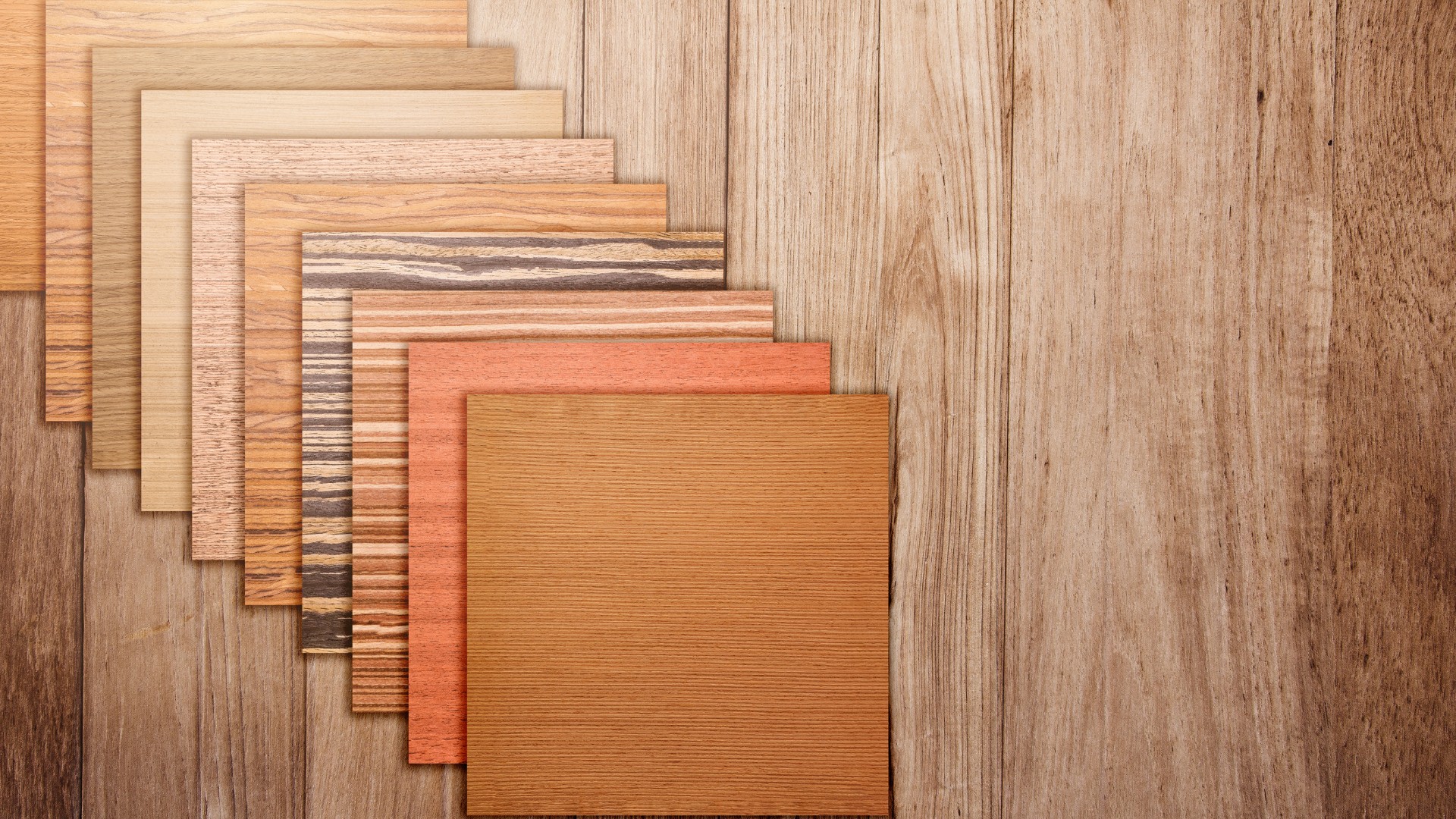
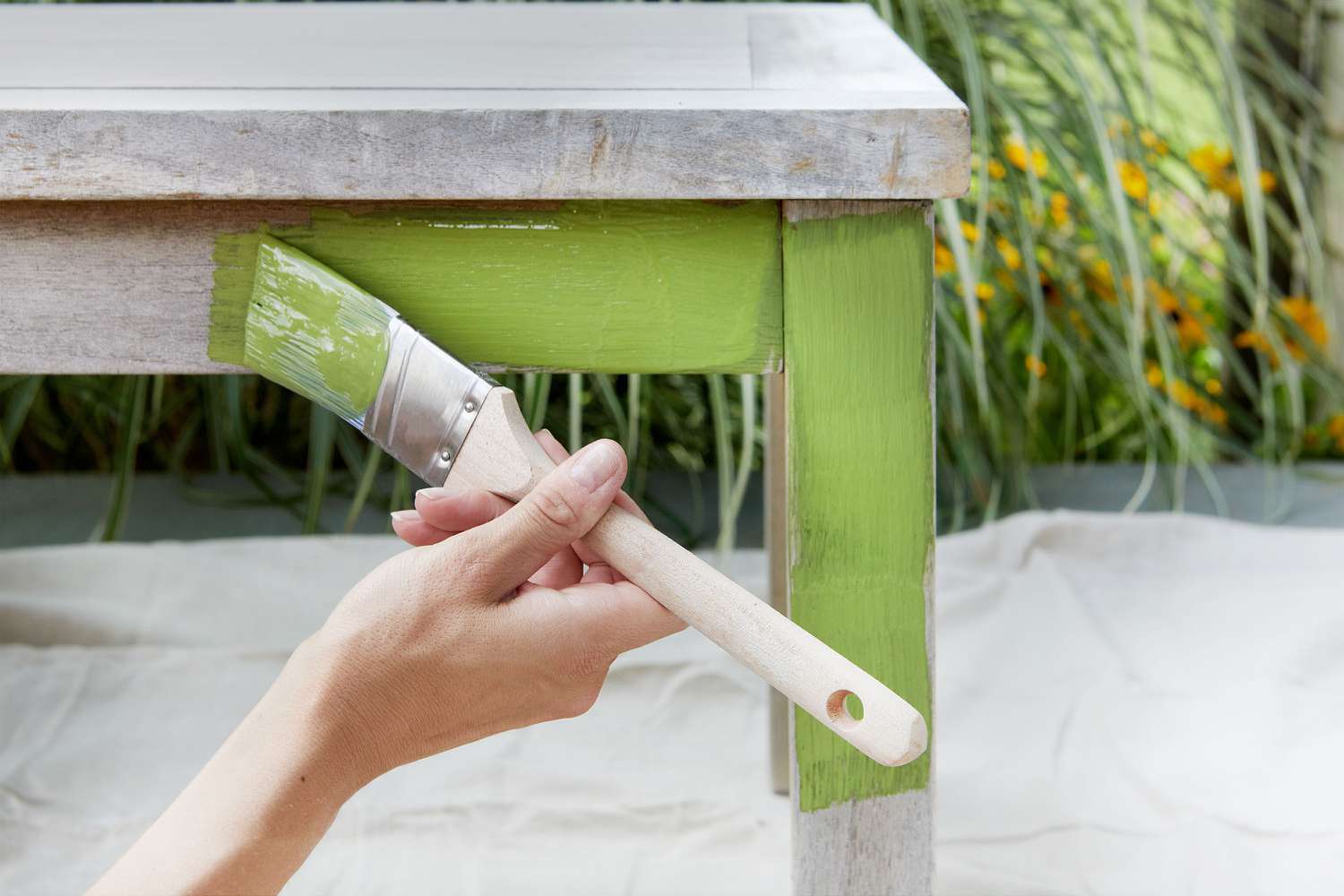
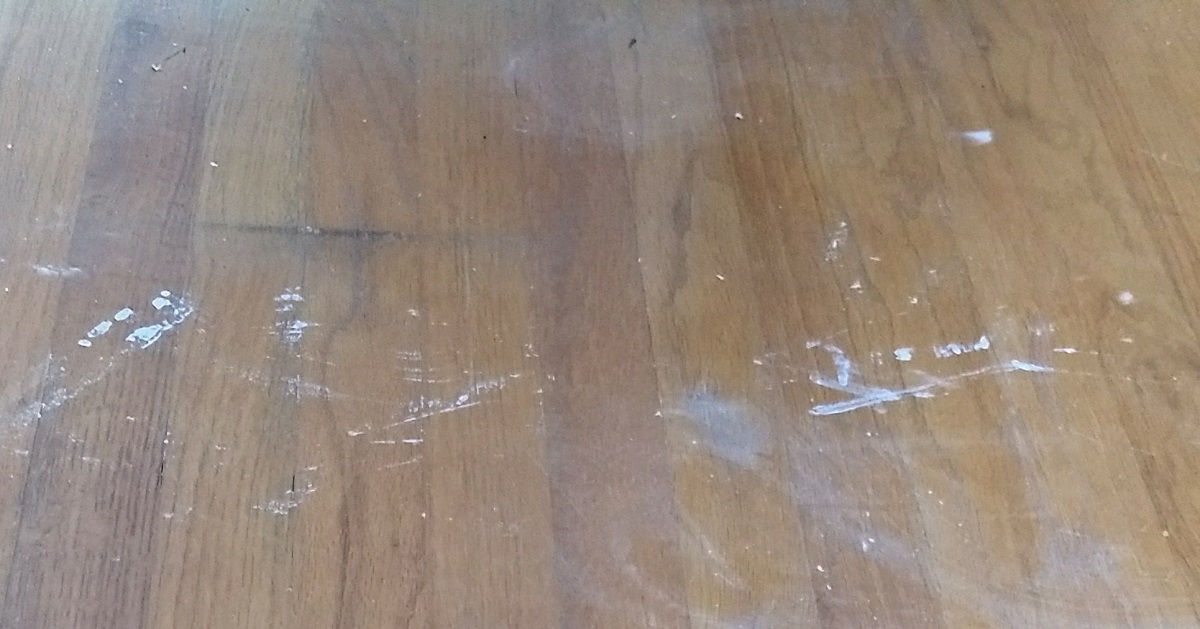
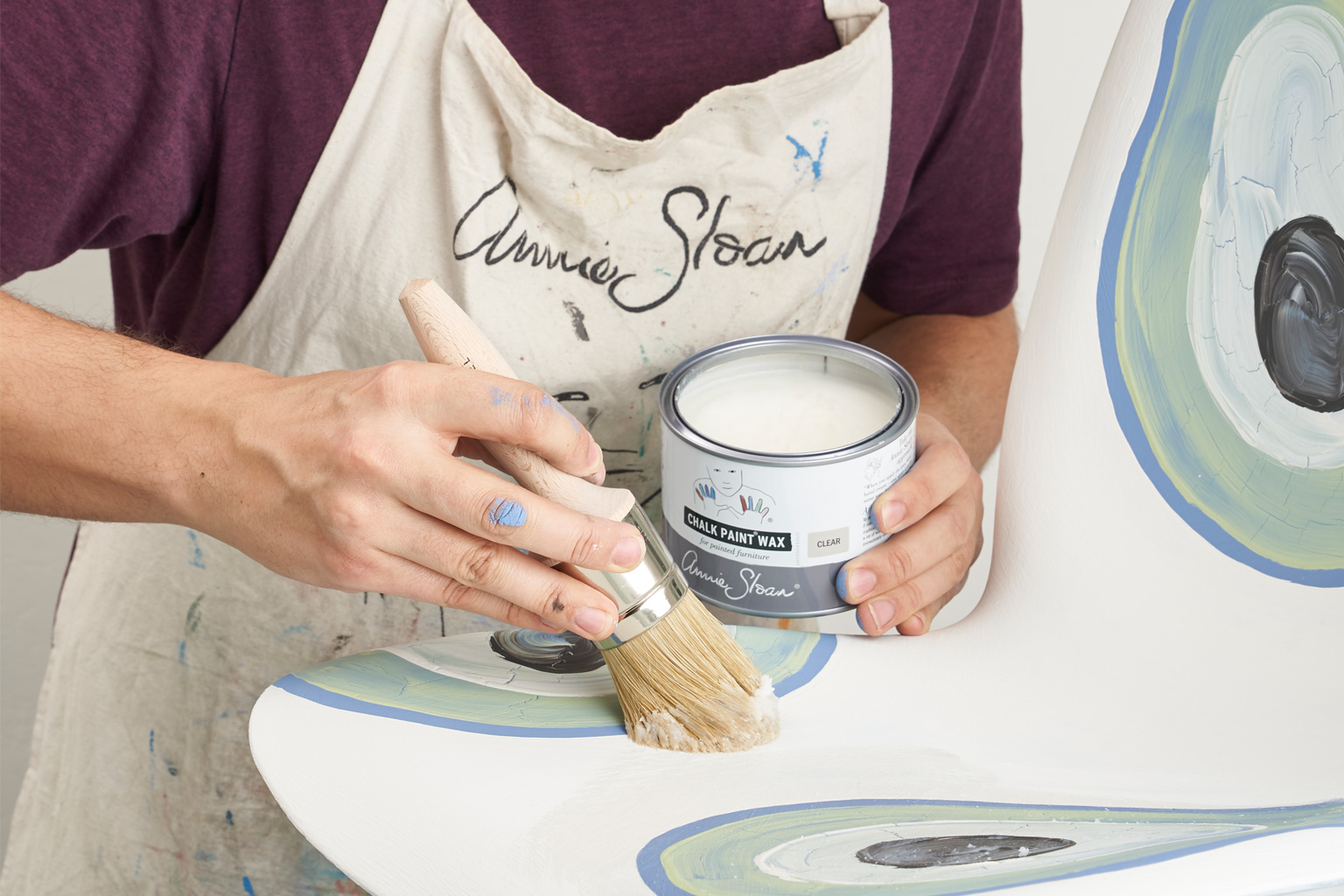
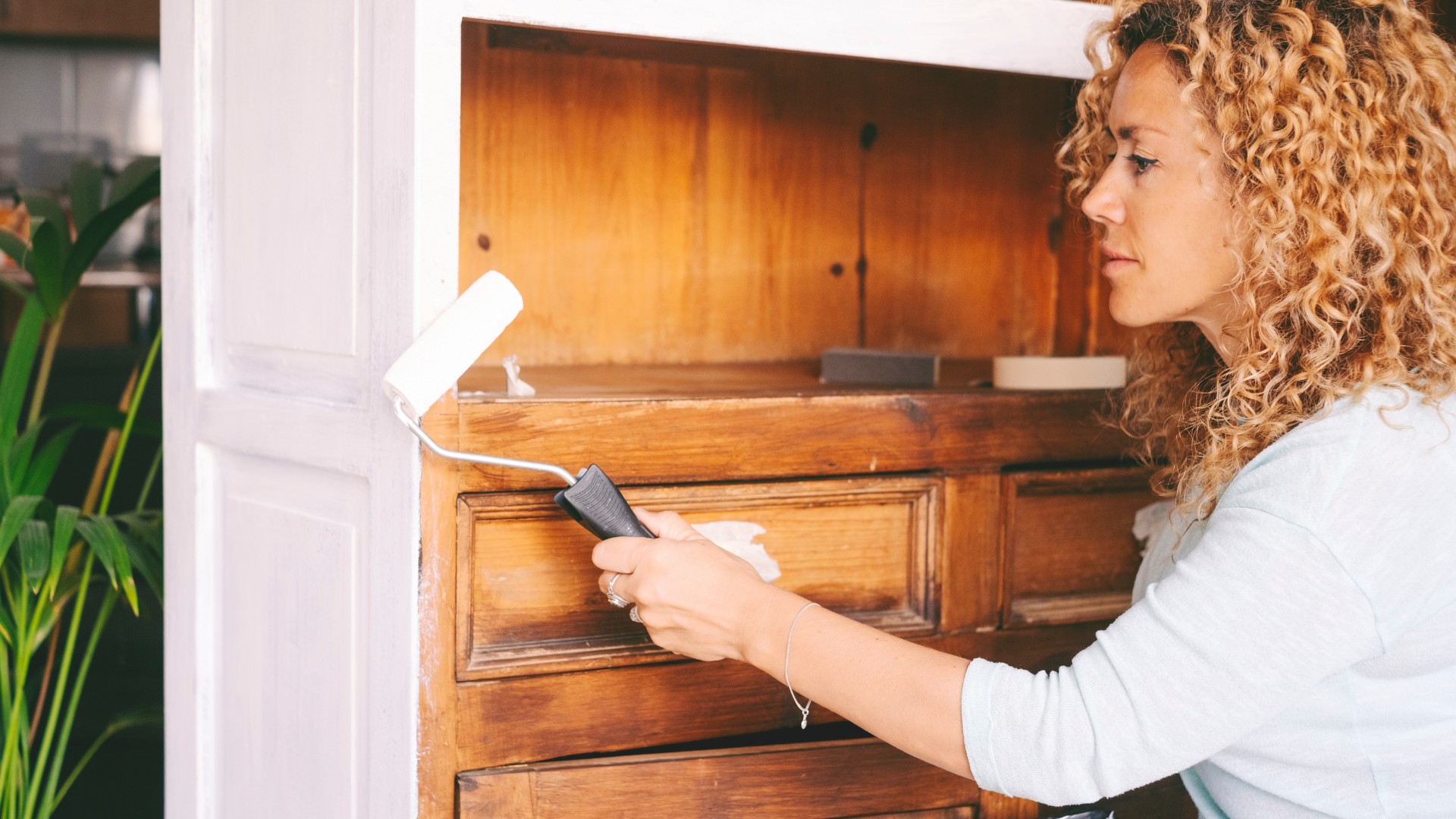
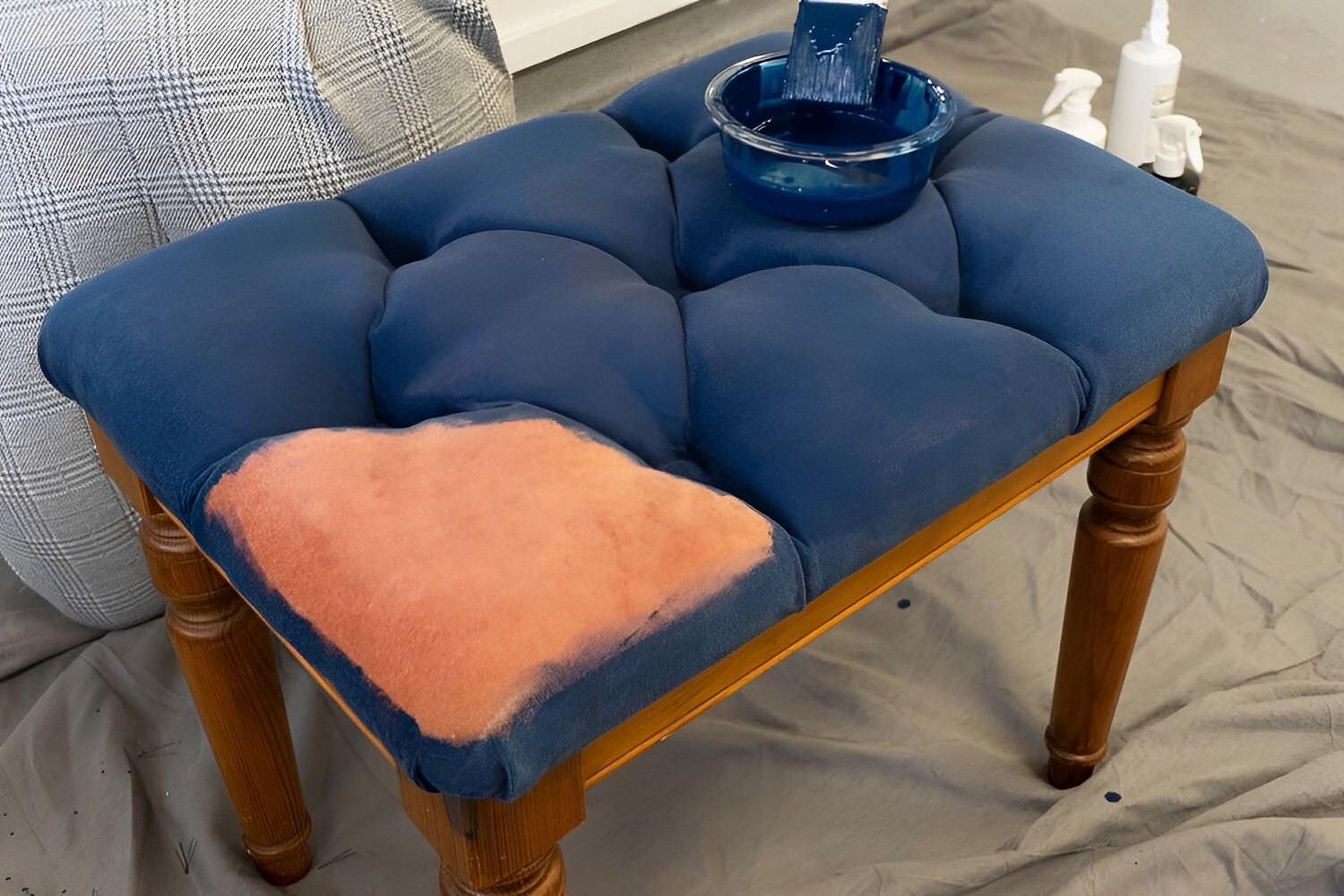
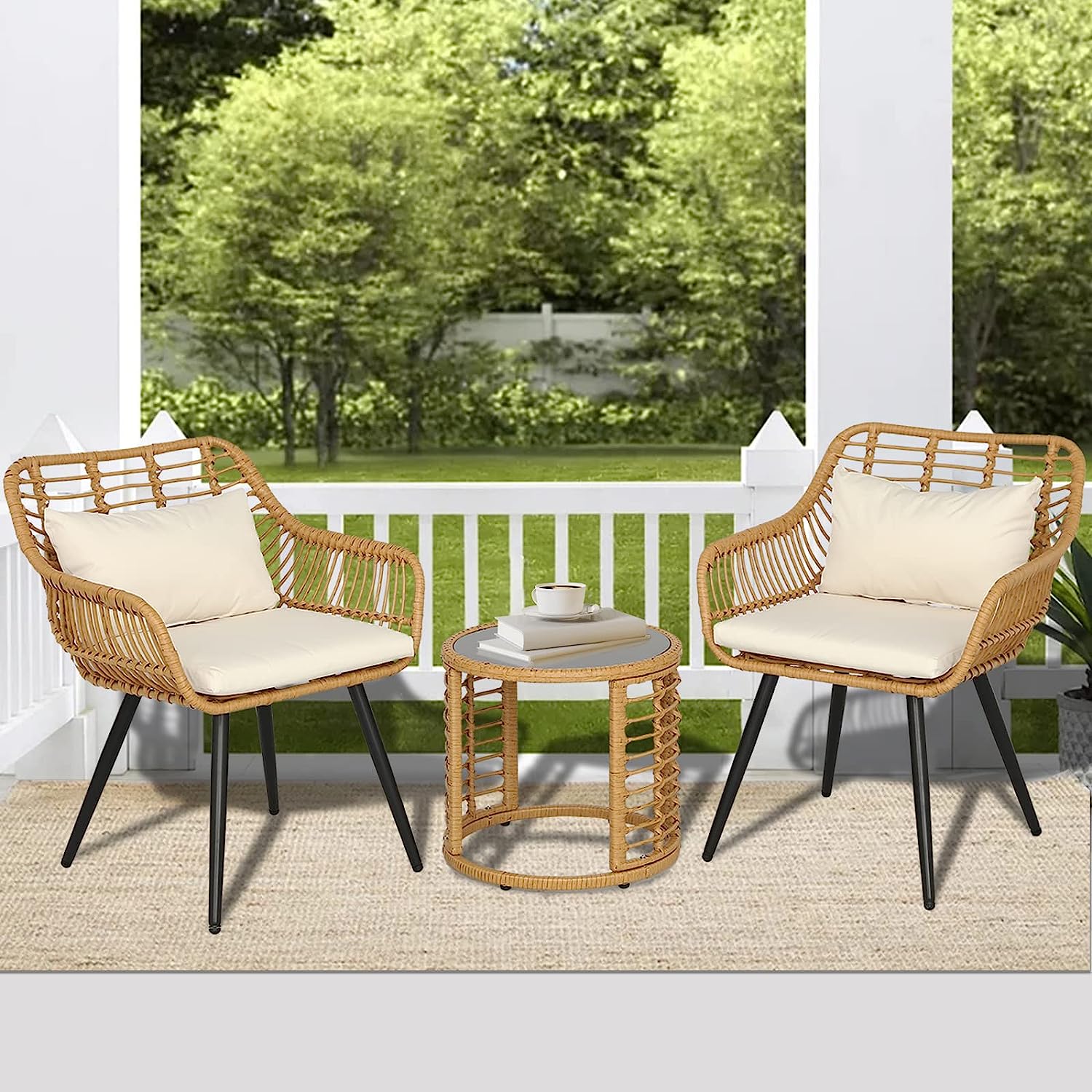
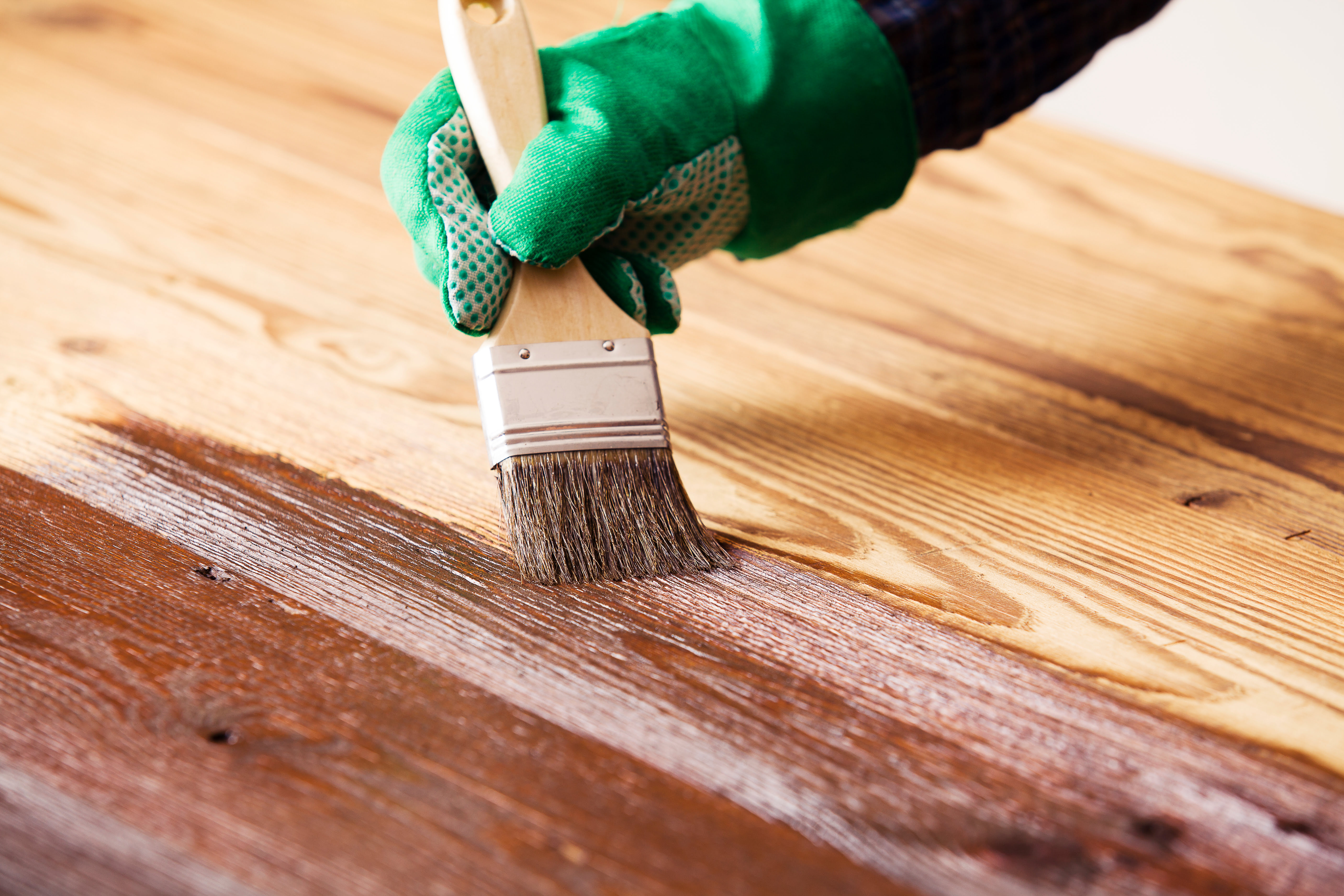

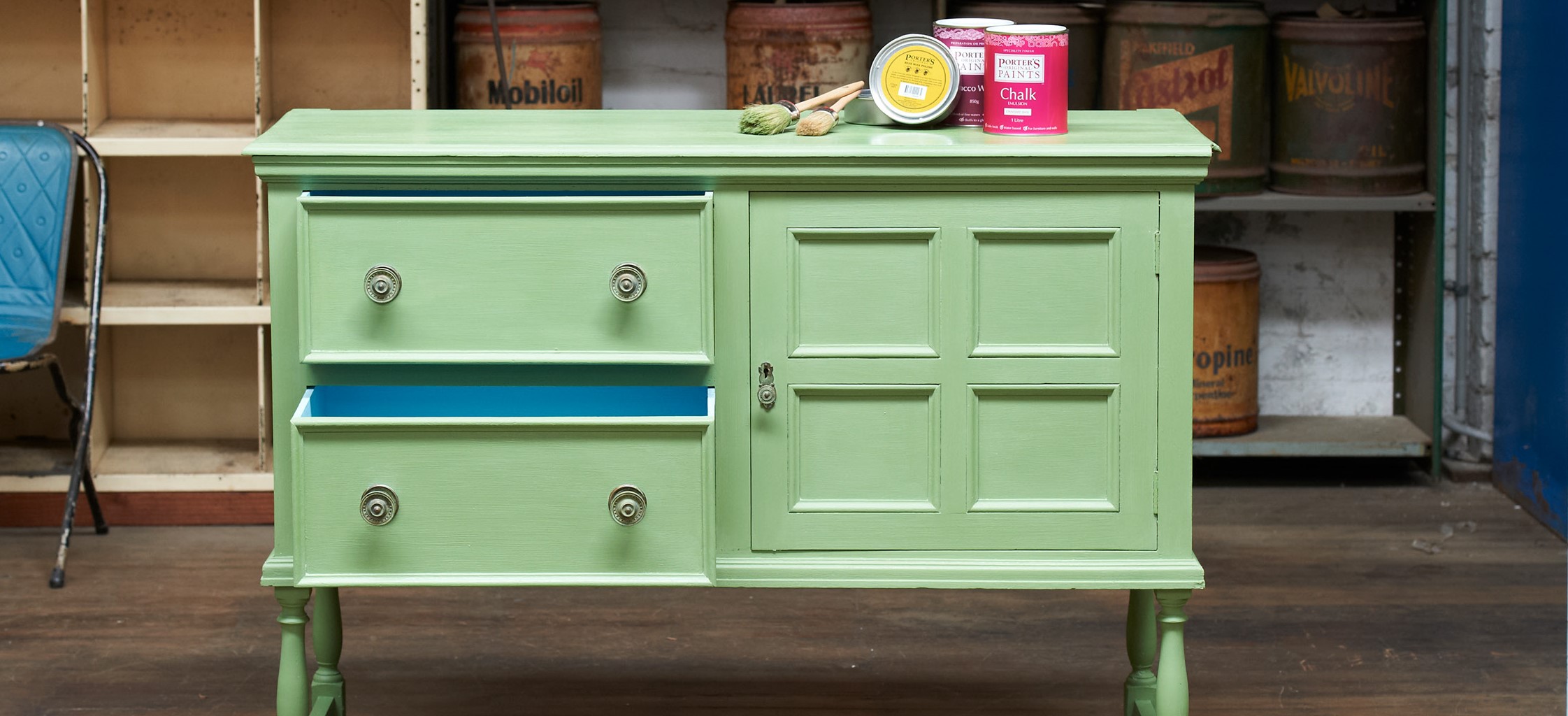
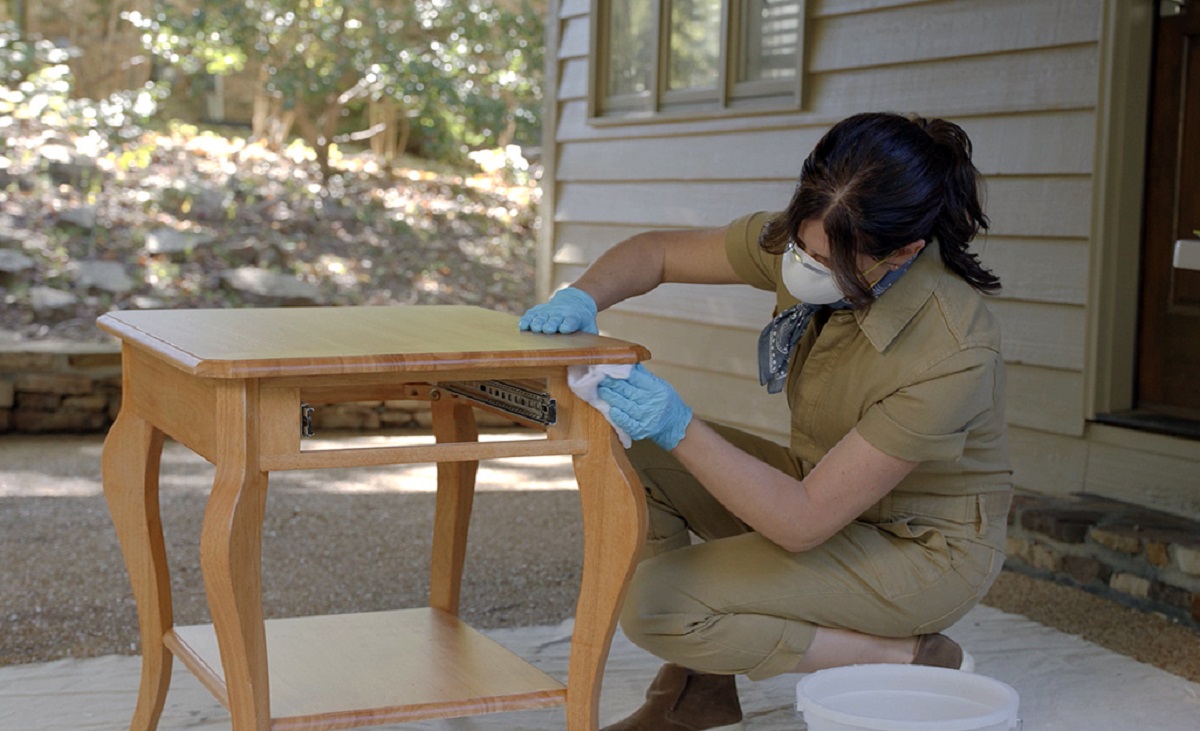

0 thoughts on “How To Paint Cheap Laminate Furniture”